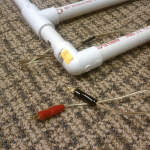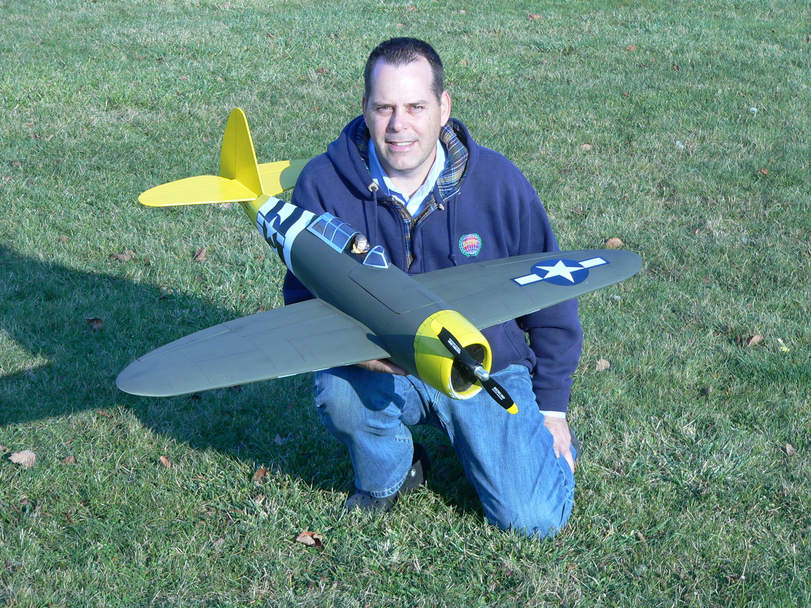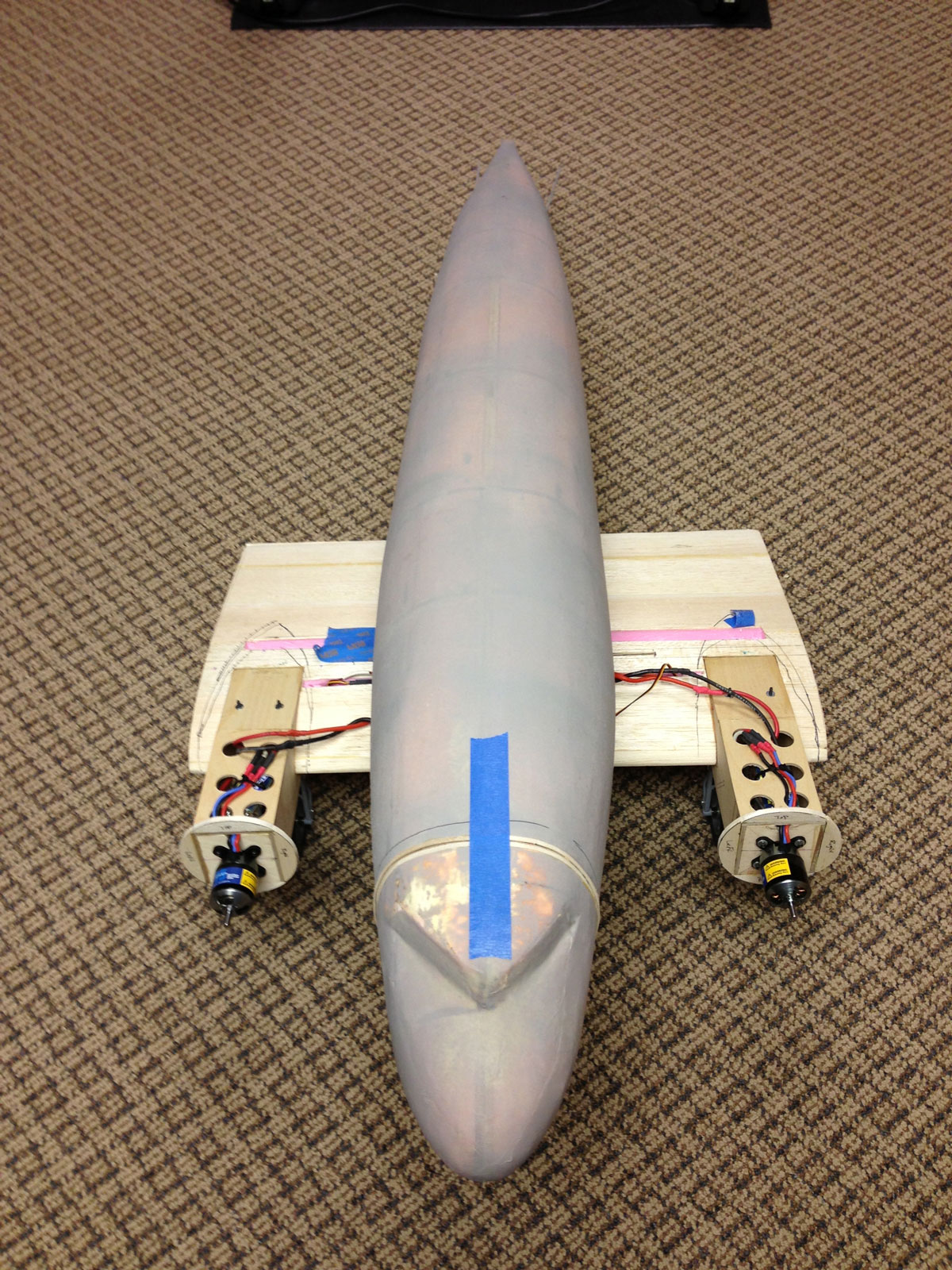People use foam to create all kinds of arts and crafts projects. Homecoming floats, replica sculptures and even building facades are made with foam. I use foam to build radio controlled airplanes. It can be a messy job cutting foam so I want to share a great technique called “HotWire” which cuts foam without making you look like the abominable snowman!
The principle is to use a very fine wire like a thin “E” guitar string and run a low electrical current through the wire. The current heats the wire hot enough to cut through foam like a hot knife through butter. I cut foam wing cores and formersections of the fuselage of my DC-3 project as well as the P-47D Thunderbolt. Using templates (pre-cut shapes) that I made.

PVC bow and stainless steel wire. Use Formica or balsa templates to cut smooth, precise pieces of foam.
I did some research online and discovered it was pretty easy to make your own! Better yet, there were step by step building instructions. I even found a great 2 part video that I used to help put mine together. Crash Hancock (Build Your Own Hot-Wire Power Supply) is the author of these step by step instruction videos. The first video discusses all of the parts necessary to build it. The second video goes into putting it all together. There is a complete parts list available at his YouTube video page under the description of the video.
Part 1
Part 2
Crash does a great job explaining how to make a hotwire cutter. This technique can be used to help you make foam cores for wings and even fuselage parts from templates. Whatever your favorite model scratch building techniques are, a hotwire is the tool of choice when foam is involved. For more details of how to make your own homemade hotwire foam cutting bow, watch the videow Crash Hancock made OR see the links below.
How to build your own Hotwire Foam Cutting Wire
Here is an example of a part that is cut using a hotwire. I used card-stock type paper as the templates. The hotwire could then simply follow the teplate and cut an extreemly precise part as seen here. Once quick tip… The cut will only be as good as the template you provide. Make sure your tempates are smooth and strong enough for the wire to follow.







